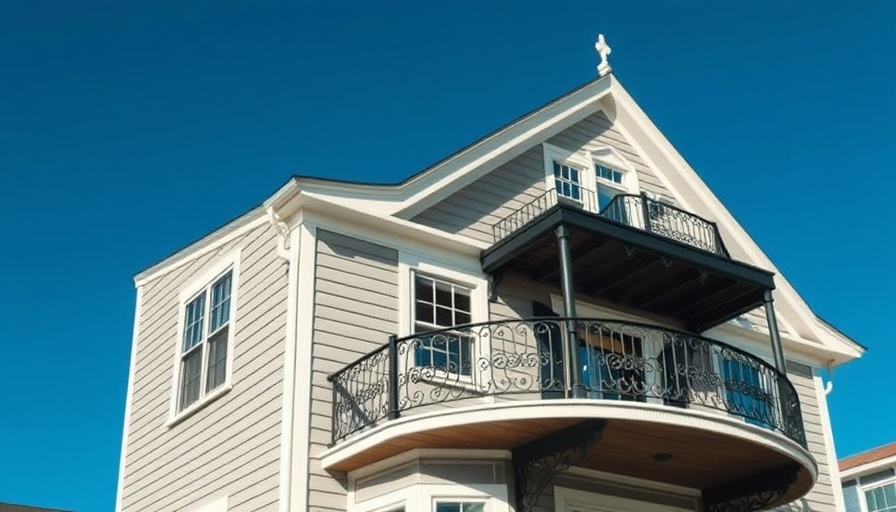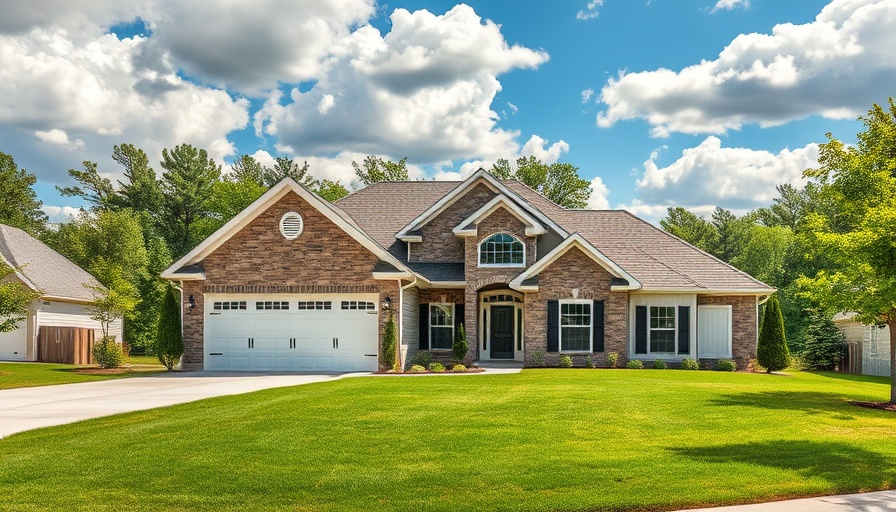
Exploring the Charm of Widow’s Walks: A Historical Perspective
When you take a scenic drive along the coast of Cape Cod, the sight of coastal homes featuring widow’s walks can ignite curiosity. These architectural gems, perched atop 19th-century residences, have a rich history intertwined with maritime lore. However, their appeal isn't limited to tragic tales of waiting sailors' wives. Instead, widow’s walks symbolize status and ingenuity in design.
The Practical Appeal Behind Widow’s Walks
A widow’s walk serves both form and function. These rooftop platforms were not merely for aesthetics; they provided essential utility. Sailors’ wives would indeed climb to their rooftop perch to look for ships, but these spots also offered easy access to chimneys—critical for early homes reliant on wood-burning for heat. The added practicality of sandbags to extinguish chimney fires highlights their role in ensuring safety and comfort.
Contemporary Trends in Widow’s Walks
Today, the design of widow’s walks is evolving. New constructions often feature modern interpretations with streamlined designs, such as glass railings and easier access, all while capturing the essence of this enduring feature. Restorations of historic balances between charm and modern-day utility present unique opportunities for homeowners focused on blending old-world elegance with contemporary living.
What to Consider Before Attaining a Widow's Walk
While widow’s walks add character and appeal to homes, particularly along the coast, potential homeowners need to be cautious. From the perspective of restoration, how these structures fit into a property’s overall appeal can influence market value. It’s important to consider local regulations, overall structure integrity, and potential renovation costs before diving into a project.
A Call to Action for Home Improvement Enthusiasts
As home improvement experts, now is the time to be inspired by the coastal charm of widow’s walks. If you're considering incorporating one into a new project or restoring an existing feature, assess your options carefully to maintain the integrity of this historic architectural piece. With thoughtful planning, you can enhance property value while embracing the legacy of seaside living.
 Add Row
Add Row  Add
Add 




Write A Comment